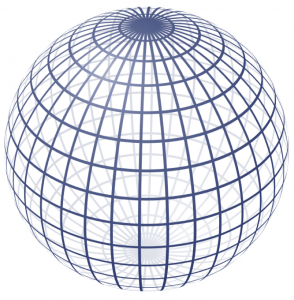Technology is our speciality but we can help with all your IP needs.
Patents

Patent Law is the branch of law that governs inventions. U.S. patent laws were enacted by Congress under its Constitutional grant of authority to protect the discoveries of inventors.A patent is the grant of an exclusive property right to the inventor for the benefits of an invention or improvement granted by the U.S. Patent & Trademark Office (USPTO), for a specific period of time. In order for the invention to be patentable it must clear two hurdles. First it must be new, that is, as a whole the invention must not have been previously known. Second it must not be obvious in view of what was previously known. To obtain a patent an application must be filed and examined by the U.S. Patent and Trademark Office, which is a branch of the Department of Commerce. The application consists of several parts including a detailed description of the invention and a set of “claims”. The claims are special recitations that define the patent protection being sought and ultimately granted. The description is the quid pro quo for granting the patent, that is, in exchange for describing the invention sufficiently that others could appreciate how it works and how to make it, the special rights of the patent are given. Those rights are the right to exclude others from practicing the invention covered by the patent. The patent has a limited period, it will expire when its legally fixed time is over.
Only the inventor, or an attorney registered to practice before the USPTO, can prepare and submit a patent application. A legal document, which contains a detailed description of what the invention is and how to make or use it, is issued to the inventor (patentee), which gives the owner of the patent the right to exclude any other person from making, using, or selling the invention covered by the patent.
Trademarks
 Trademark law governs the use of trademarks and service marks. Trademarks are a form of intellectual property. The law entitles the owner(s) to exclusive use of the mark in relation to the products or services for which it is registered. The law in most jurisdictions also allows the owner of a registered trademark to prevent unauthorized use of the mark in relation to products or services which are identical or similar to the registered products or services, know as trademark infringement.
Trademark law governs the use of trademarks and service marks. Trademarks are a form of intellectual property. The law entitles the owner(s) to exclusive use of the mark in relation to the products or services for which it is registered. The law in most jurisdictions also allows the owner of a registered trademark to prevent unauthorized use of the mark in relation to products or services which are identical or similar to the registered products or services, know as trademark infringement.

Copyrights
U.S. Copyright law is a subset of Intellectual Property law. It provides protection to the creators of specific work product for that work product,
established by the U.S. Constitution inArticle 1, Section 8. It also allows the copyright owner to copy his/her work as he desires and to legally prohibit others from doing so, and also from displaying, using, distributing, performing and/or licensing his/her work product for a specific period of time. Copyright law also protects derivatives of a copyrighted work, unless it falls under the “fair use” doctrine.
IP Litigation
Litigation Law is most closely identified with civil law or tort law and the bringing of lawsuits. Lawsuits are legally authorized controversies that are decided by a court of law, and when one individual sues another individual, they are engaging in litigation law. The purpose of a lawsuit is to remedy an injustice or to enforce a right.
IP Portfolio Management
Your intellectual property is a valuable business asset and edmolaw’s team of professionals will help your company build and manage your intellectual property portfolio.